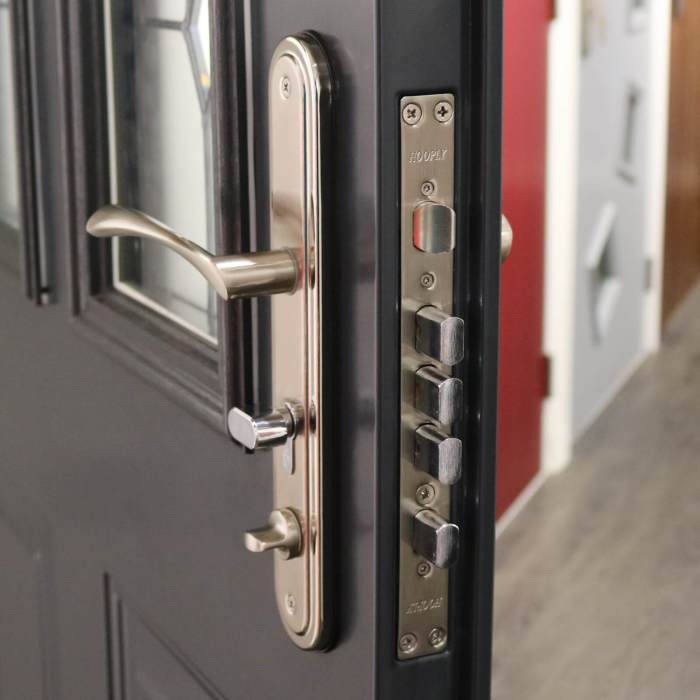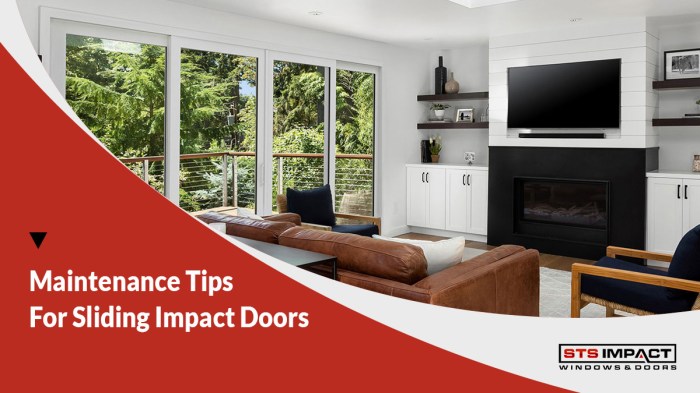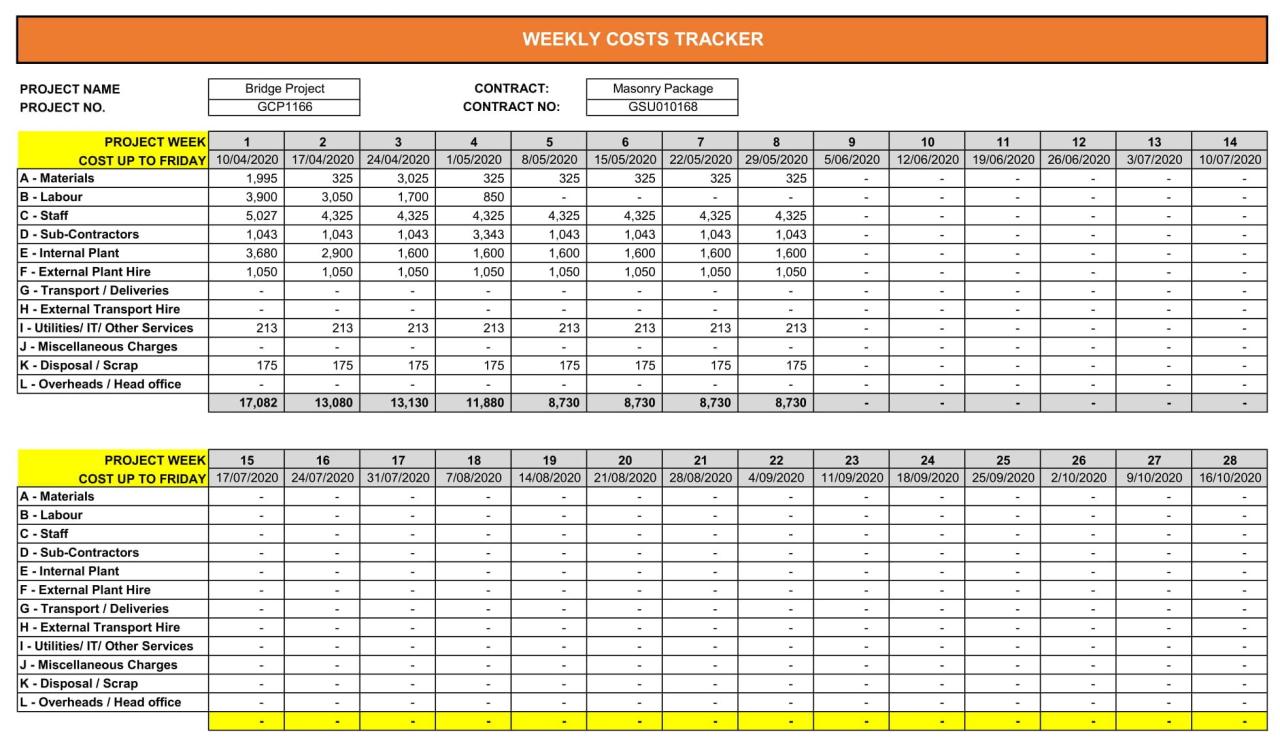Exterior Contractor Checklist for Home Safety Inspection: Ensuring a Secure Living Environment
Embark on a journey through the crucial aspects of home safety inspections by exterior contractors with a focus on ensuring a secure living environment. From identifying potential risks to common safety hazards, this topic delves into the essentials of maintaining a safe home.
Importance of Home Safety Inspections by Exterior Contractors
Regular home safety inspections conducted by exterior contractors are crucial for ensuring the overall safety and well-being of homeowners. These inspections help identify potential hazards and issues that may compromise the structural integrity and security of the property.
Potential Risks of Not Conducting Inspections
Without regular home safety inspections by exterior contractors, homeowners may be unaware of hidden dangers lurking in their property. This lack of awareness can lead to serious safety risks, such as structural damage, electrical issues, or fire hazards. Neglecting these inspections can result in costly repairs or, even worse, accidents that could harm occupants.
- Structural damage: Cracks in the foundation, deteriorating roof shingles, or damaged siding can compromise the stability of the home.
- Electrical hazards: Faulty wiring, exposed electrical components, or outdated systems can increase the risk of electrical fires.
- Water damage: Leaky roofs, damaged gutters, or poor drainage can lead to mold growth, rot, and water infiltration.
- Safety hazards: Loose handrails, uneven pathways, or damaged exterior surfaces can pose a risk of slips, trips, and falls.
Exterior Inspection Areas for Safety Checks
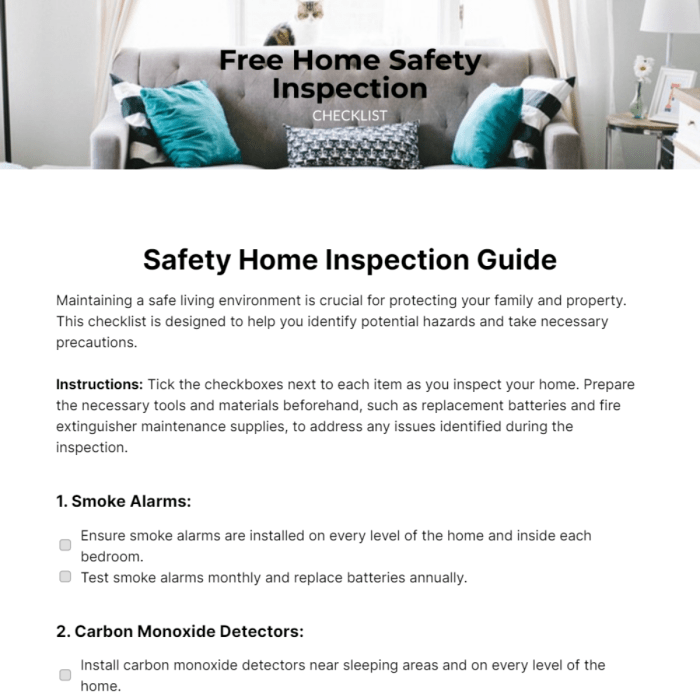
When it comes to ensuring the safety of your home, conducting thorough inspections of the exterior areas is crucial. By examining key areas such as the roof, walls, windows, doors, and foundation, you can identify potential hazards and address them promptly to protect your property and loved ones.
Roof
- Inspect the roof for any missing, damaged, or loose shingles that could lead to leaks or structural issues.
- Check for signs of water damage, such as stains or mold, which could indicate a leaky roof.
- Ensure that gutters and downspouts are clear of debris to prevent water buildup and potential flooding.
Walls
- Look for cracks or gaps in the exterior walls that could compromise the integrity of the structure.
- Check for signs of water intrusion, such as peeling paint or bulging walls, which could indicate a hidden leak.
- Inspect the siding for damage or missing pieces that could leave your home vulnerable to the elements.
Windows
- Ensure that windows are properly sealed to prevent drafts and water infiltration.
- Check for cracks or breaks in the glass that could pose a safety risk or compromise security.
- Inspect the frames for signs of rot or decay, which could weaken the window structure.
Doors
- Check that exterior doors are secure and have working locks to deter intruders.
- Inspect the door frames for signs of damage or rot that could affect the door's stability.
- Ensure that weather-stripping is in good condition to prevent drafts and energy loss.
Foundation
- Examine the foundation for cracks, shifting, or settling that could indicate structural issues.
- Look for signs of water damage around the foundation, such as pooling water or damp spots, which could lead to mold growth.
- Check for proper grading to ensure that water is directed away from the foundation to prevent flooding or erosion.
Safety Checklist for Exterior Contractors
When conducting home safety inspections, exterior contractors play a crucial role in identifying potential hazards and ensuring the well-being of homeowners. A detailed checklist can help them systematically assess various areas of the exterior of a house to address any safety concerns promptly.
Roof Inspection
Roof integrity is essential for protecting the home from weather elements and ensuring structural stability. A thorough roof inspection should include:
- Checking for loose or missing shingles that could lead to leaks or water damage.
- Inspecting the condition of the flashing to prevent water intrusion.
- Examining the gutters and downspouts for clogs or damage that may cause water backup.
Foundation Assessment
The foundation serves as the base of the house, providing stability and support. Issues with the foundation can compromise the structural integrity of the entire home
- Look for cracks in the foundation that could indicate settlement or water damage.
- Check for any signs of bulging or bowing, which may suggest foundation movement.
- Inspect the grading around the foundation to ensure proper water drainage away from the house.
Electrical System Inspection
Faulty electrical wiring poses a significant safety risk and can lead to electrical fires if left unchecked. Contractors should pay close attention to the electrical system by:
- Checking for exposed wires or frayed insulation that could cause electrical shorts.
- Testing outdoor outlets and fixtures for proper functionality and safety.
- Inspecting the grounding system to ensure proper protection against electrical shock.
Common Safety Issues Found by Exterior Contractors
During home safety inspections, exterior contractors often come across common safety issues that can impact the safety and structural integrity of a home. It is essential to address these issues promptly to ensure the well-being of the residents and the longevity of the property.
1. Faulty Roofing
One of the most common safety issues identified by exterior contractors is faulty roofing. This can include missing or damaged shingles, leaks, or improper installation. A compromised roof can lead to water damage, mold growth, and structural issues within the home.
2. Cracked or Damaged Siding
Cracked or damaged siding is another prevalent safety concern found during inspections. Damaged siding can allow moisture to seep into the walls, leading to mold growth, rot, and potential structural damage. It can also compromise the insulation of the home, increasing energy costs.
3. Improper Drainage Systems
Exterior contractors often come across homes with improper drainage systems, such as clogged gutters or inadequate grading. Poor drainage can result in water pooling around the foundation, leading to basement flooding, foundation cracks, and erosion. It can also attract pests and insects to the property.
4. Unsafe Deck or Balcony Structures
Unsafe deck or balcony structures are another common safety issue identified by exterior contractors. This can include rotting wood, loose railings, or inadequate support. A compromised deck or balcony can pose a significant risk of collapse, resulting in injuries to occupants or visitors.
5. Overgrown Trees or Shrubs
Overgrown trees or shrubs close to the home can also present safety hazards. Untrimmed branches can damage the roof, siding, or windows during storms. In addition, overgrown vegetation can provide easy access for pests and wildlife to enter the home.
Ending Remarks
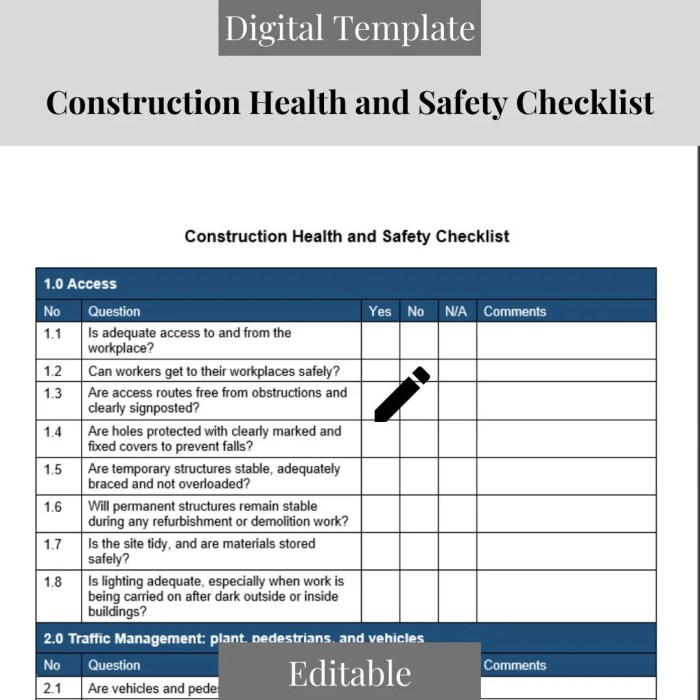
In conclusion, prioritizing regular home safety inspections by exterior contractors is key to upholding the structural integrity and security of your home. By staying proactive and addressing common safety issues promptly, you can create a safe haven for you and your loved ones.
FAQ Compilation
What are the benefits of regular home safety inspections by exterior contractors?
Regular inspections help identify potential hazards early, ensuring a safe living environment and preventing costly repairs down the line.
Which areas around a home should exterior contractors focus on during safety checks?
Exterior contractors should pay close attention to the roof, walls, windows, doors, and foundation to ensure comprehensive safety inspections.
What are some common safety issues that exterior contractors might uncover?
Common issues include loose shingles, cracks in the foundation, and faulty electrical wiring, all of which can compromise home safety.
How do these safety issues impact the overall safety and structural integrity of a home?
These issues can pose risks to occupants and may lead to structural damage if left unaddressed, underscoring the importance of timely inspections and repairs.
